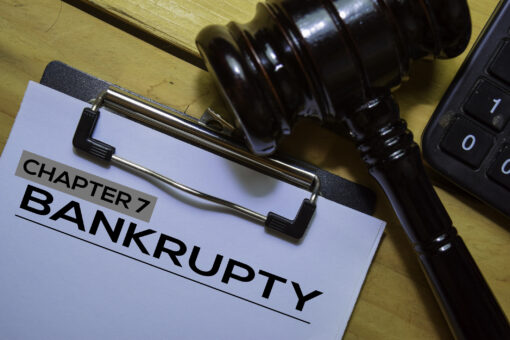
Dealing with overwhelming debt can be daunting, and sometimes, the best way forward for some individuals is filing for bankruptcy in California. Chapter 7 bankruptcy, in particular, offers a way out for many, but it’s essential to understand how it operates.
By delving into the intricacies of debt reorganization under Chapter 7 bankruptcy, you can make an informed decision. If you find yourself with lingering queries or need further clarification, Law Offices of Terrence Fantauzzi is here at (909) 552-1238 to offer guidance and a complimentary legal consultation.
What Chapter 7 Bankruptcy Entails
Chapter 7 bankruptcy provides a ray of hope for many, as it allows debtors to retain certain secured assets, like homes and cars. However, this doesn’t mean the debts associated with these assets simply vanish. Instead, the courts intervene, categorizing and restructuring the debts. This reorganization process is streamlined into three primary claims:
1. Priority Claims
Certain debts under this category are mandatory to be paid in full unless the creditor decides otherwise. Common instances of priority claims encompass alimony, child support, specific tax types, and in the context of business owners, wages owed to their employees.
2. Secured Claims
These are debts directly linked to an asset or collateral, such as home mortgages and car loans. To retain the associated collateral (like a house or car), the restructured debt must guarantee the creditor receives at least the collateral’s real value. In some circumstances, however, the entire debt might need repayment.
3. Unsecured Claims
When a debt isn’t anchored by any collateral, it falls under unsecured claims. Examples include credit card debts and medical bills. Notably, these don’t necessarily need full repayment. However, the restructured plan should channel all disposable income towards these payments, ensuring creditors receive at least what they would have if a Chapter 7 bankruptcy was filed.
This treatment of unsecured claims in bankruptcy proceedings mandates that anyone opting for Chapter 13 must demonstrate sufficient disposable income to manage the stipulated debts within a three or five-year plan. This process is often termed “means testing.” Those who lack the necessary income or assets might find Chapter 7 as the more appropriate route.
Navigating the Complexities of Bankruptcy
The maze of debt reorganization, understanding statutes of limitations, and navigating the entire bankruptcy system can seem intricate and overwhelming. To streamline the process and ensure a comprehensive understanding, seeking expert counsel becomes paramount. If you’re on the lookout for a seasoned guide through the complexities of bankruptcy, do not hesitate to get in touch with Law Offices of Terrence Fantauzzi at (909) 552-1238 for a thorough evaluation of your bankruptcy options.
